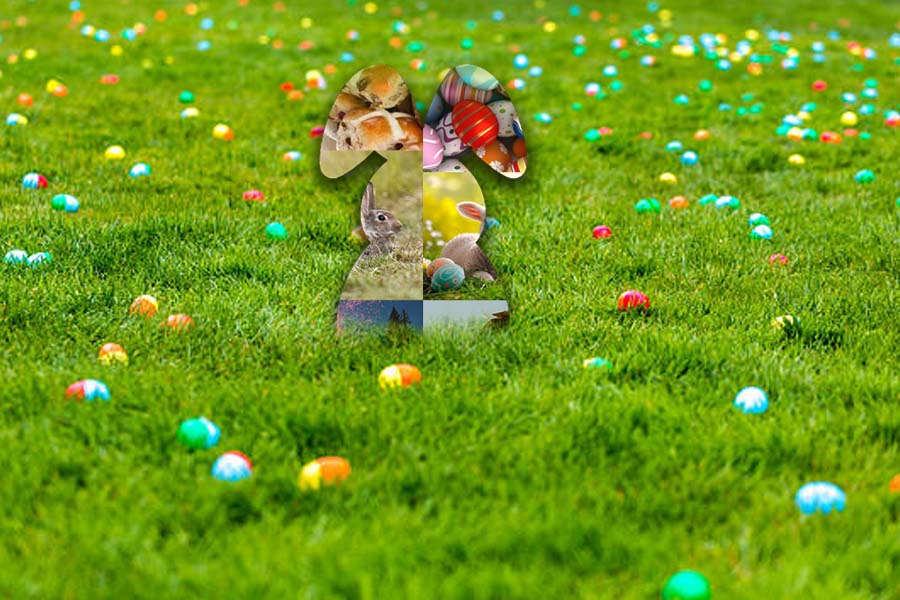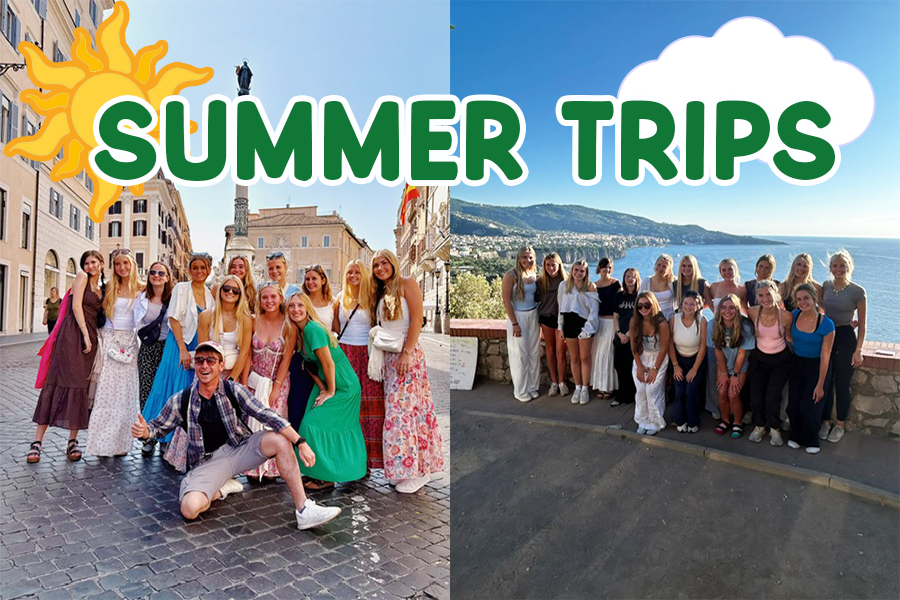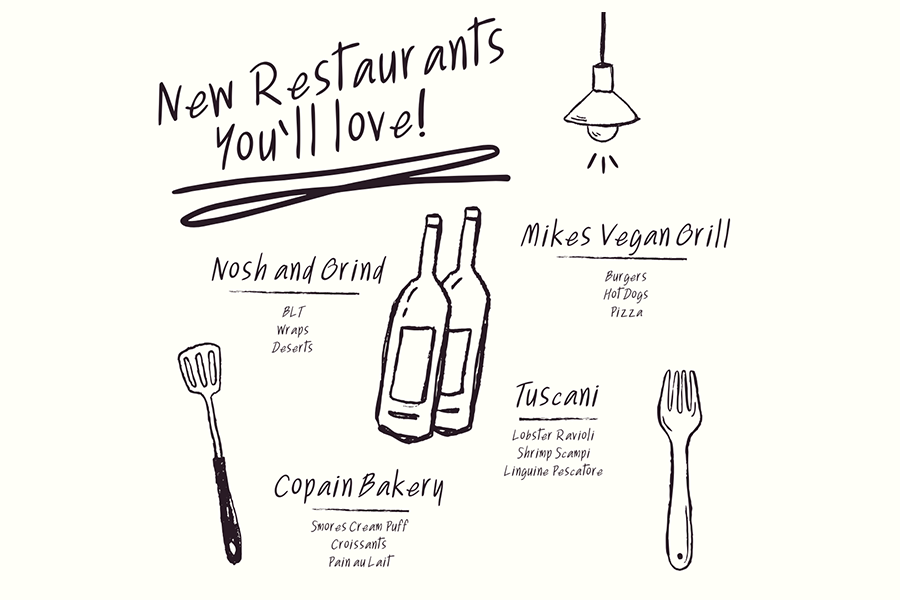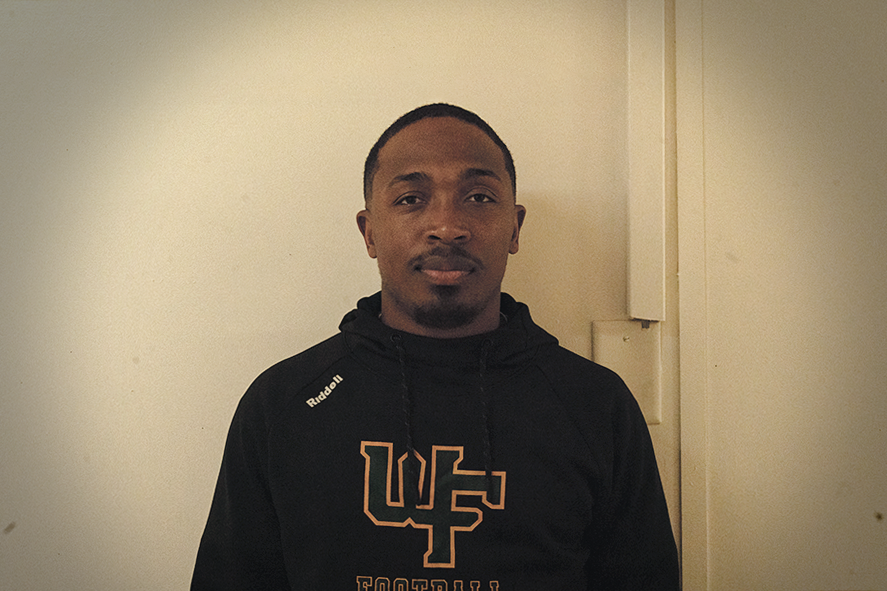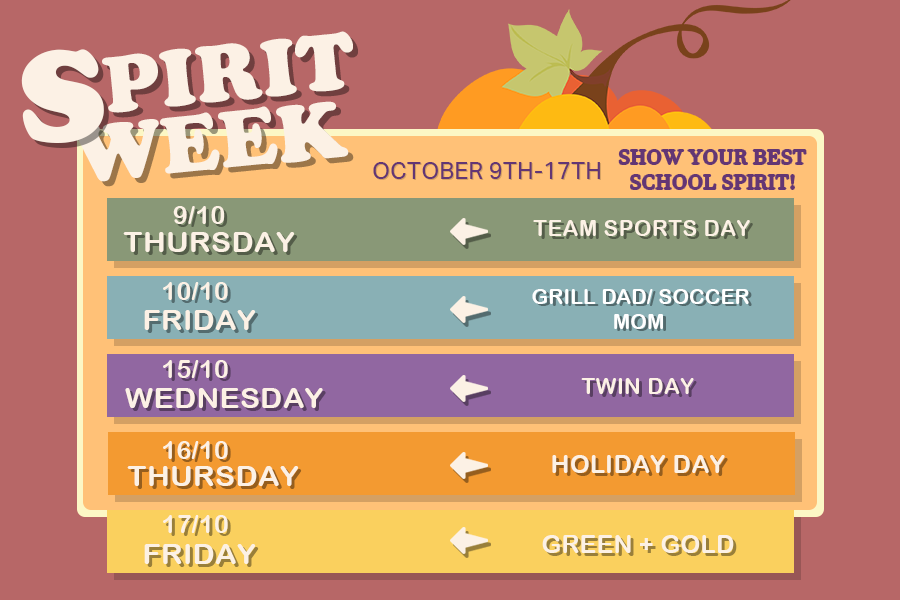Today, Easter is celebrated as a holiday by hunting colorful eggs, eating chocolate bunnies and going to a local church service. The history of our now beloved Easter Bunny is rooted in centuries of deep history going back to Pagan beliefs and practices. The Easter Bunny we know now is very different from the symbol of spring and fertility it once was.
“The Festival of Eostre,” is a Pagan tradition that celebrates the goddess of spring and fertility, Eostre. It is celebrated with feasting on lots of food and decorating eggs. The hare was chosen as the symbol for the goddess due to the hare’s rapid fertility rate during the spring months. The festival was later combined with a German tradition called “Osterhase,” which is more like the Easter traditions we practice today.
One traditional Osterhase practice was to have children create hare nests along with leaving out carrots for a magical hare, hoping the hare would leave colorful eggs and gifts for them. Similar to Christmas, the hare would only bring eggs and gifts to the good children. This German holiday was brought to the Americas by German immigrants in the 1700s and rapidly expanded across the country. Over time, Osterhase was influenced by Christian beliefs related to the resurrection of Jesus, which is why it now falls on the same day. Due to modernization, the Easter Bunny now brings not only eggs but also chocolates, toys and egg baskets.
The Easter of the past is similar but still very different from the holiday we celebrate today. This year, Easter falls on Sunday, April 20, 2025, which leaves plenty of time to decorate eggs and eat chocolate bunnies.


